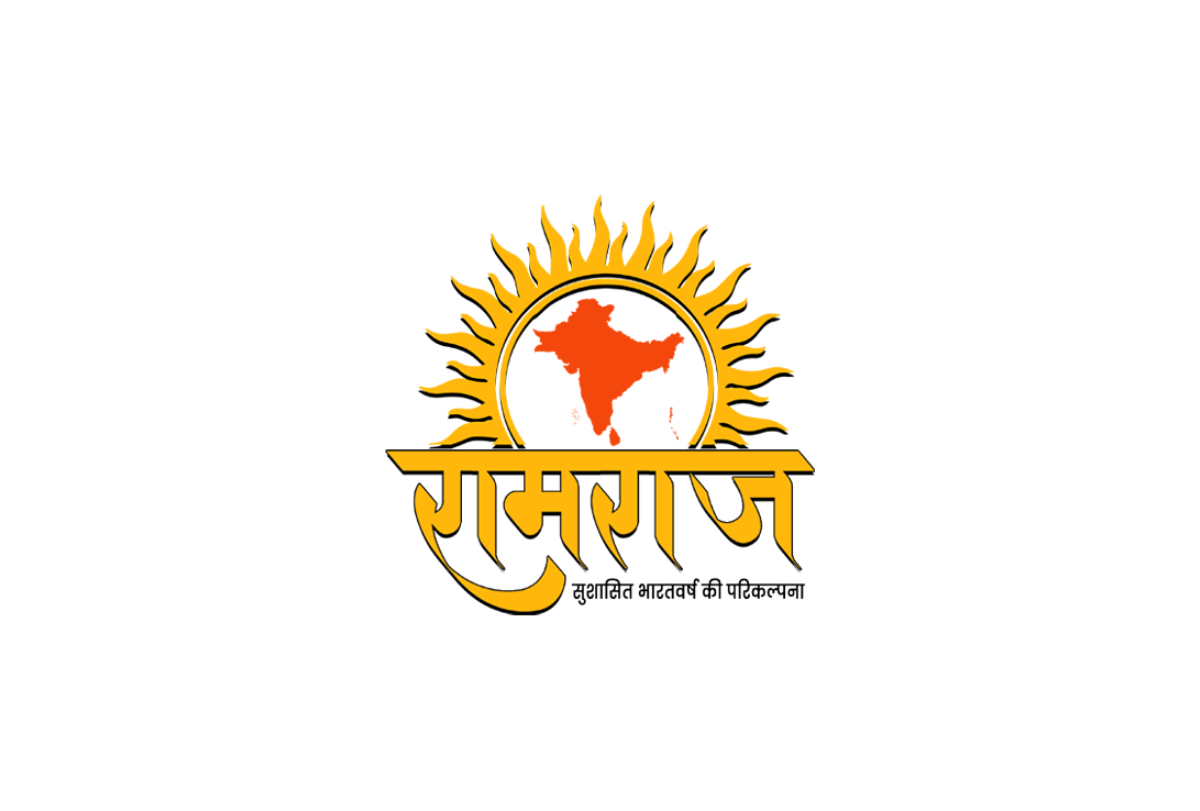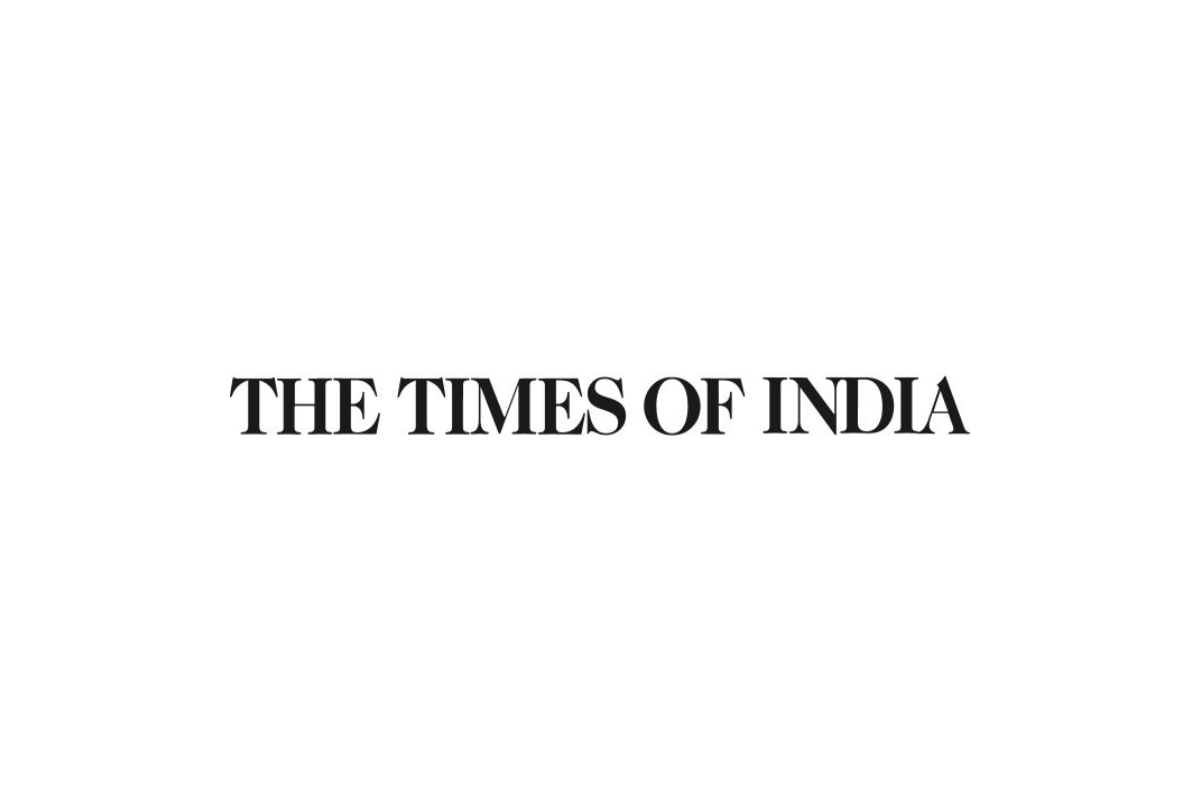Almost two years after the World Health Organization declared COVID-19 a pandemic, the world is coming to terms with the disruptions caused by the virus. The most profound and consequential impact has been the pandemic’s toll on healthcare systems. And then there has been the more persistent and reverberating economic toll.
Government action to counter infections and contain the spread of the virus led to global supply shocks, especially in manufacturing, and lockdowns and other containment measures caused widespread business disruption. It is now clear that the pandemic has brought the world to the second great economic and financial crisis of the 21st century and is likely to have long-term structural repercussions. What’s more, it has laid bare the fragilities of the global economic and geopolitical order.
The churn in the international order, however, had begun even before the pandemic; power equations had already started to change because of geopolitical shifts. There was an indisputable trend towards a more multipolar world and the power centre of the global economy began to shift to Asia.
The current world order has been substantially altered and this is bound to give rise to a new post-COVID dispensation. In this state of flux, space has been created for aspiring and emerging powers to take centre stage and help shape a new world with a better future for all.
Indeed, rays of recovery are beginning to emerge in our economies. The International Monetary Fund (IMF) projects that the global economy will grow by 6% in 2021, and forecasts 9.5% growth in the Indian economy. At the same time, the world is seeing exponential growth in digital services and infrastructure, from the adoption of large-scale work-from-home arrangements to the use of cloud services and videoconferencing.
Many tech leaders have noted that the advancements in digital transformation that were achieved within a couple of months would have normally taken two to three years. These are hopeful signs, but there is still much work to be done.
India’s future on the world stage
Despite the economic devastation caused by the virus, India’s agile response has been commendable, especially as the country rallied to manage a deadly second wave of the virus early in 2021. India was the first country to feel the impact of the virulent Delta variant but quickly swung into action to ensure that as many people as possible were vaccinated. One billion doses of the vaccine have already been administered.
In addition to protecting its own population, India has also acted in the world’s best interest by providing medical supplies and equipment to more than 150 countries across the globe and placing a critical supply of the COVID-19 vaccine on the world market. Indeed, the pandemic is an inflection point for India to introspect on its potential as a global leader, especially coming at a time when the country is celebrating 75 years of independence.
For years, India has supplied crucial drugs and medications to the global market, more recently investing in the supply of the COVID-19 vaccine to ensure equitable access around the world.
At the start of the COVID crisis, India’s South Asian Association of Regional Cooperation (SAARC) initiative held the first multilateral summit, inspiring the G20 and others to follow suit. With the country taking over the G20 presidency in December 2022, it will certainly play a leading role in the post-COVID global recovery process.
Away from the pandemic, India is meeting other global commitments including living up to its climate mitigation promises. It is also well ahead of target to achieve other ambitious commitments such as making renewables 40% of its energy mix by 2030 and managing the sequestration of 2.5 billion tonnes of carbon.
At the ongoing United Nations Climate Change Conference of the Parties (COP26) taking place in Glasgow, Scotland, Prime Minister Narendra Modi committed India to an ambitious Panchamrit pledge that will see the country address five key sectors of its economy to reduce its greenhouse gas emissions. The five sectors – energy, mobility, industry, infrastructure and cities, and agriculture – are critical to achieving the global 1.5-degree Celsius warming target.
A recent report from the World Economic Forum – Mission 2070: A Green New Deal for a Net-Zero India – outlines how India’s path to net zero will have an estimated economic impact of over $1 trillion by 2030 and around $15 trillion by 2070. In addition, India has prioritized cooperation, technology, and digitalization as part of its efforts to support the achievement of the United Nation’s Sustainable Development Goals (SDGs).
Challenges and opportunities
India is marking 30 years since the deregulation of its economy, which is another significant turning point in its history and a testament to its ability to reinvent itself. Successive governments have been focused on achieving inclusive growth and self-sufficiency not just for the current generation but for generations to come. But the current administration’s efforts to promote digital empowerment and last-mile financial inclusion are especially noteworthy. Under the auspices of a government-backed digital payment system, millions of poor, unbanked families have entered the formal economy and can now access basic financial services.
On the global stage, India’s diplomatic efforts are driven by the philosophy of vasudhaiva kutumbakam – the world is one family. This is the kind of narrative the world needs for such a time as this. Indeed, India’s call for renewed and reformed multilateralism is resonating with global leaders and policy-makers.
In the past few years, major structural reforms have been launched by the Indian government to boost the long-term outlook of the economy. The government’s vision to catalyze India’s transformation is evident in the launch of several initiatives including the Gati Shakti National Master Plan and the Atmanirbhar Bharat mission.
The government has also announced the National Infrastructure Pipeline and National Monetization Plan to boost infrastructure development. This wide-ranging development agenda supports initiatives across multiple sectors including reforms to consolidate multiple and disparate labour laws, drafting of the Insolvency and Bankruptcy Code, and banking reforms. India must maintain the momentum of these laudable initiatives and continue to enhance the robustness and vitality of its economy. At the same time, these and other structural reforms should be aimed at ensuring equitable and inclusive growth.
(read full article)






